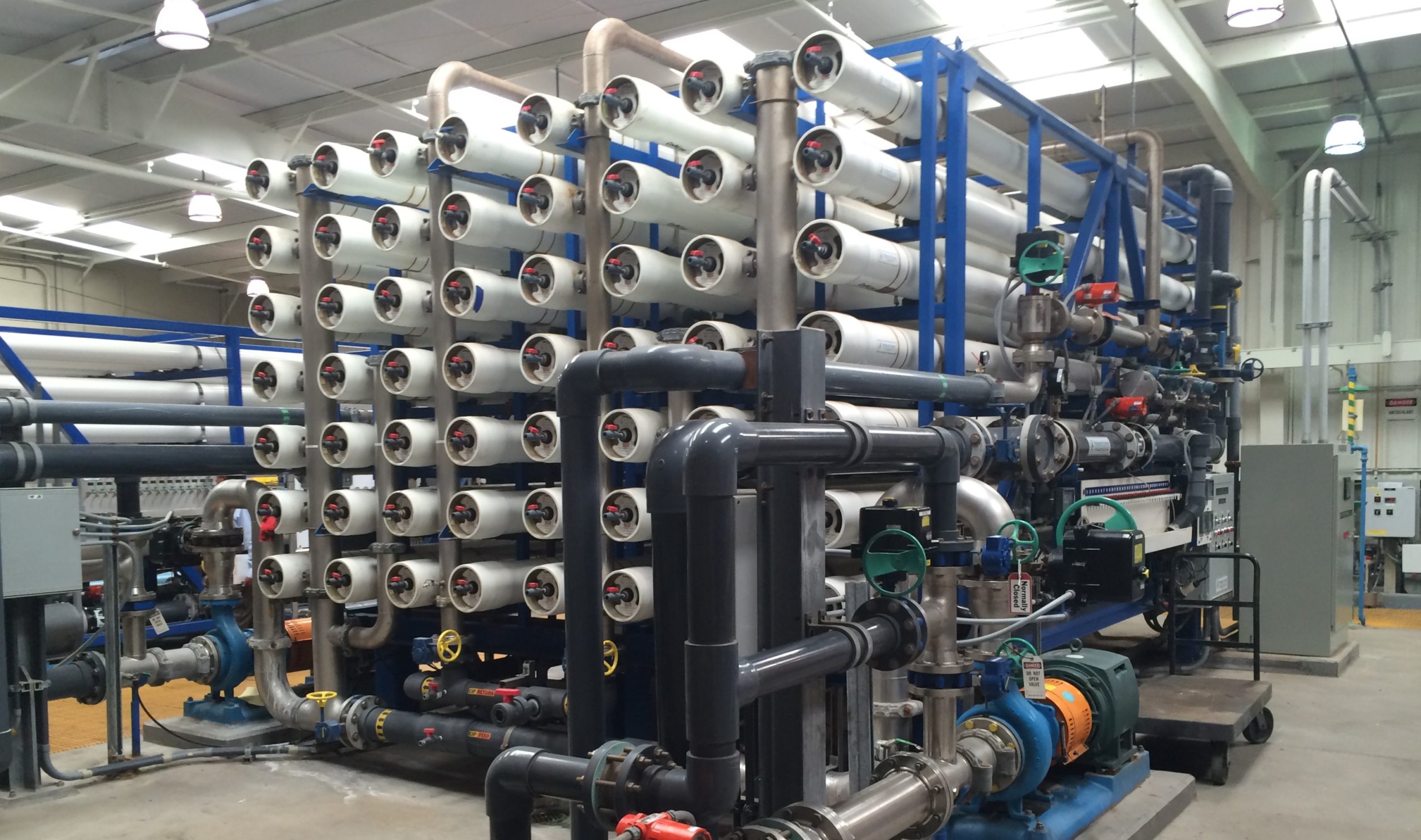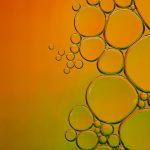
California Rules and Regulations
Pathogen removal is an essential step in water and wastewater treatment processes. Untreated, contaminated drinking water (or potable water) accounts for 58% of disease-related deaths worldwide because it can contain viruses, bacteria, protozoa, and metazoa. Fortunately, California has several rules in place for pathogen inactivation to ensure our communities are safe and protected.
Total Coliform Rule (TCR)
The Total Coliform Rule is a nationwide regulation enacted by the EPA which established a frequency for testing treated water for bacterial contamination and set a maximum containment level (MCL) for total coliforms and E. Coli.
All public water systems are required to monitor the presence of total coliforms with a set testing frequency, and there is a zero MCL allowed for E. Coli.
Long Term 2 Enhanced Surface Water Treatment Rule (LT2)
LT2 is the latest iteration of the Surface Water Treatment Rule (SWTR), first established in 1989. The SWTR established requirements for pathogen removal or inactivation from surface water, and treatment techniques to reach those requirements. LT2 became law in 2006 and established requirements for inactivating Cryptosporidium, a protozoan that is resistant to chlorine.
The LT2 establishes the required log inactivation for viruses (4 log), Giardia (3 log), and Cryptosporidium (3-5.5 log).
*One log represents a 90% inactivation of pathogens, with 10% remaining active. So, the 12 log inactivation required by the GRRP represents a 99.9999999999% inactivation of pathogens in California’s groundwater stores with 0.0000000001% of pathogens remaining active.
Groundwater Rule
Like TCR, the Groundwater Rule also regulates the monitoring and testing of water supplied to a potable water system. It requires 4 log inactivation of viruses before the water reaches the first customer, and the water must be sampled regularly to demonstrate the effectiveness of the treatment. The Groundwater Rule also requires a sanitary survey for all groundwater systems every 3-5 years.
Groundwater Replenishment Reuse Project (GRRP)
The State of California adopted these regulations in 2014, establishing requirements for direct and indirect reuse of wastewater for drinking. Among the requirements is 12 logs of inactivation for all pathogens present in any recycled water used to refill California’s groundwater stores.
Methods of Removal
To adhere to California’s water treatment rules and regulations, there are four main treatment options plants can use to filter and disinfect our water: conventional treatment, membranes, ultraviolet light, and chemical disinfection. These four treatment options are grouped together at treatment plants due to national regulations requiring multiple barriers for pathogen removal, and all systems must be tested regularly.
The conventional treatment of water is a four-step process. It starts with a coagulation of the water, then flocculation (when small particles clump together), the particles are allowed to settle, and lastly, the water is filtered for smaller particles.
Membranes are used to filter out smaller particles, but the size of the particles they filter depends on the type of membrane.
Ultraviolet disinfection scrambles the DNA of pathogens, preventing them from reproducing. UV inactivation is determined by the intensity of the rays, the time the water is exposed to the rays, the configuration of the system, and the clarity of the water. Different pathogens require different levels of exposure, time, configuration, and clarity to be inactivated in the water. UV disinfection is most effective against Giardia and Cryptosporidium.
While costs can add up for UV water treatment due to power and equipment usage, some public agencies are willing to risk the cost because UV disinfection does not produce disinfection byproducts (DBP).
Chemical disinfection is the go-to method of inactivation against viruses and bacteria. The treatment uses either chlorine, chloramine, ozone, or chlorine dioxide to kill pathogens, though a combination of chemicals may also be used.
The pathogen inactivation depends on the time and concentration of the chemical(s) during the treatment process. A higher dose with a shorter time of exposure has the same efficacy as a lower dose with a longer exposure. Two of the drawbacks of this method are the possible creation of DBPs and the trace amounts of chemicals which can remain in the treated water.

No matter the treatment combination, all water treatment plants are required to test their water and systems regularly to ensure their customers throughout California are receiving clean, uncontaminated drinking water.


